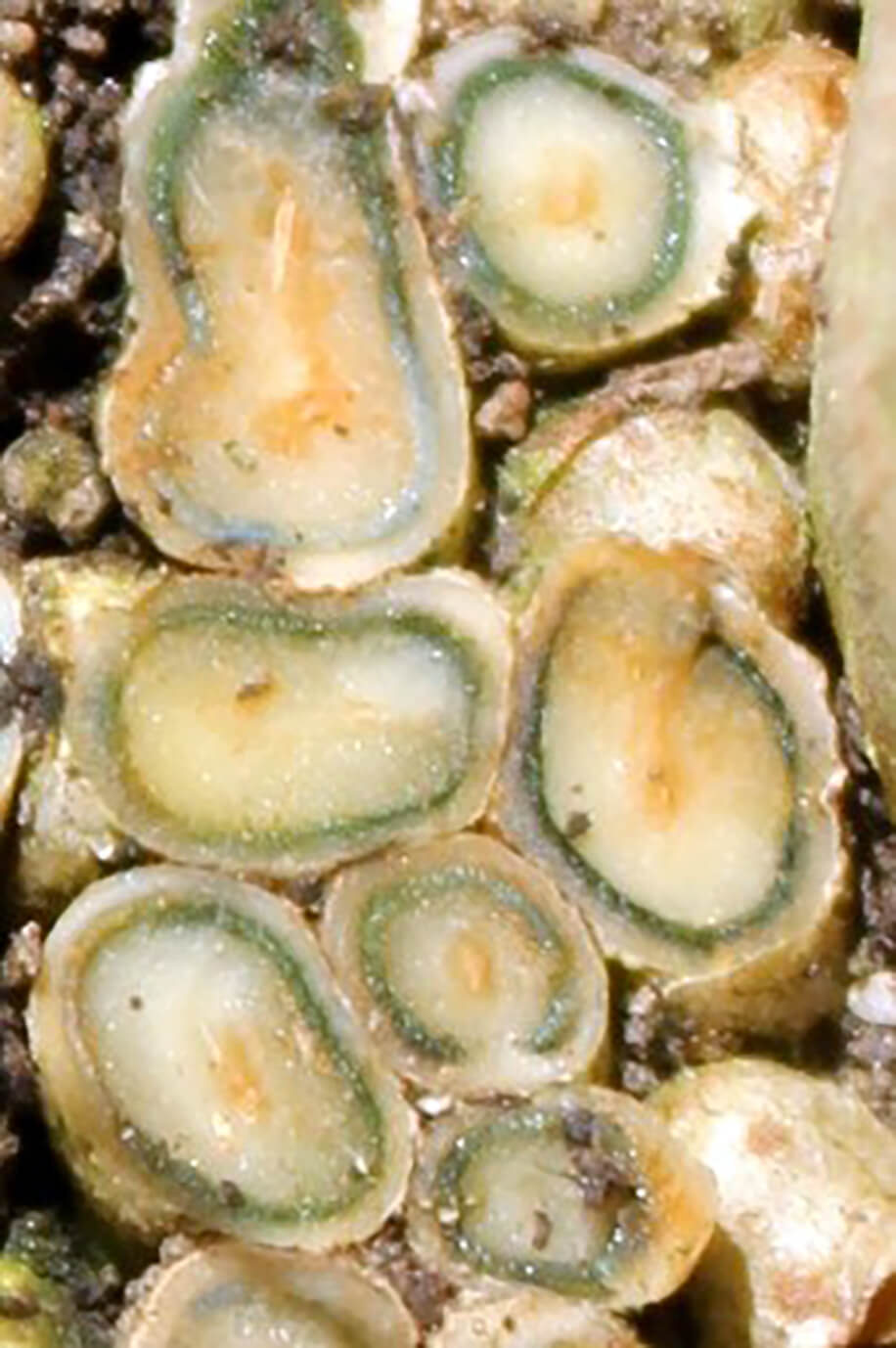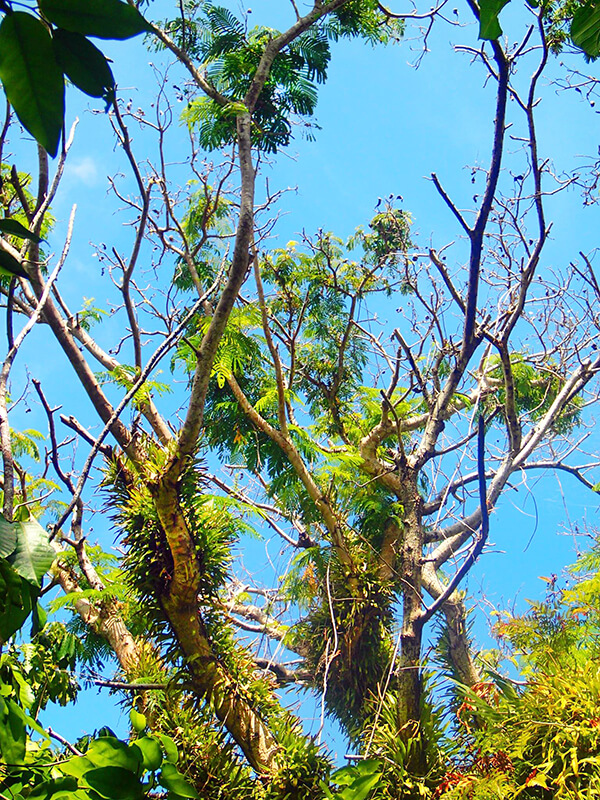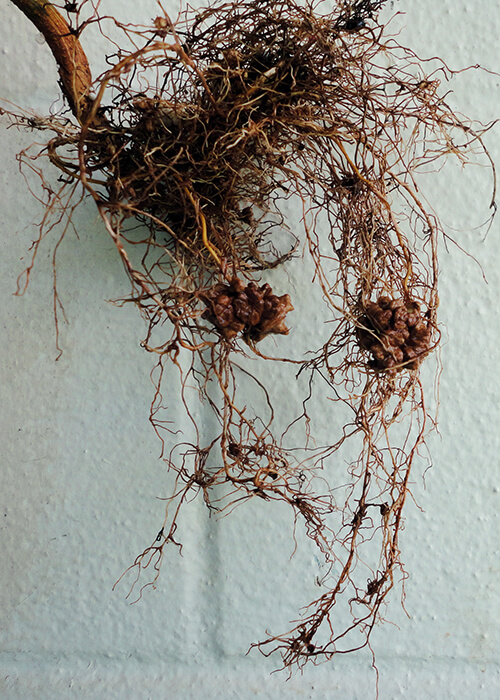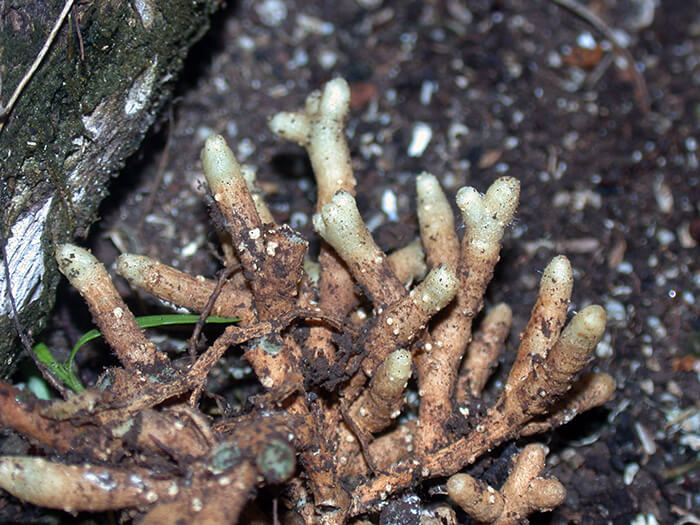Endangered trees in Guam contribute to ecosystem diversity and health
Endangered trees in Guam contribute to ecosystem diversity and health
Endangered trees in Guam contribute to ecosystem diversity and health
10/27/2020
Research at the University of Guam has shown that the decomposition of leaf litter from three threatened tree species releases nitrogen and carbon into the soil for use by other plants. The results illuminate the importance of biodiversity and the role certain organisms play in extracting nitrogen and carbon from the atmosphere and sequestering these elements in the biosphere. The findings were published in the September issue of the MDPI journal Nitrogen (doi:10.3390/nitrogen1020010).


A critically important nitrogen source
Carbon and nitrogen are abundant in the atmosphere, but the atmospheric forms are not directly used by plants. Green plants possess the ability to fix the atmospheric carbon through the process of photosynthesis, and this occurs without the aid of symbiotic microorganisms. Other plants have nitrogen-fixing microorganisms inside their roots, which allows them to directly benefit from atmospheric nitrogen.
Nitrogen is required in great quantities to sustain plant health, but most plants absorb the essential nitrogen from the soil. The source of this soil nitrogen is largely through the death and decay of leaves and roots of plants that form symbioses with nitrogen-fixing microorganisms.
“This means in a forest community, the trees that possess this specialized symbiosis are critically important as a nitrogen source for the other members of the forest,” said Dr. Adrian Ares, associate director of the Western Pacific Tropical Research Center, where the research was conducted.
The model trees studied in the Guam research included the cycad species Cycas micronesica, the legume species Intsia bijuga, and the legume species Serianthes nelsonii.

The symbiosis between legume plants and the bacteria that grow inside root nodules has been heavily studied for decades, as many of the world’s food crops are legumes and their contributions to the protein needs of humans are dependent on the nitrogen from their root symbionts. The symbiosis between cycad plants and the nitrogen-fixing cyanobacteria that grow inside specialized root structures, however, has been less studied.
“A greater understanding of the cycad-cyanobacteria symbiosis is of critical importance to understanding the biochemistry of cycad plants,” said Benjamin Deloso, a cycad specialist at the University of Guam.
Rate of leaf decomposition
The research approach invoked the global plant research theme called the leaf economics spectrum. The Serianthes nelsonii leaflets are small and thin and do not require many resources for construction. Contrarily, the Cycas micronesica leaflets are large and thick and require copious resources for construction. Resources needed to build the Intsia bijuga leaflets fall in between the other two species.
“The principles that govern the leaf economics spectrum predicted that the speed of release of carbon and nitrogen from the dead leaf material would be rapid for Serianthes nelsonii and slow for Cycas micronesica,” Deloso said.
The predictions were verified by the study. About 80% of the carbon and nitrogen pool was released from the Serianthes nelsonii litter in less than three months, and complete decomposition occurred in less than one year. In contrast, the release of carbon and nitrogen from Cycas micronesica litter was gradual and 25% to 30% of the initial carbon and nitrogen were still locked in the remaining litter after a full year of decomposition. The Intsia bijuga leaf litter decomposition rates were intermediate.

Knowledge for conservation decisions
One primary outcome from the research was the verification that these tree species modulate localized soil processes in a highly contrasting way, and these contrasts increase spatial heterogeneity in a manner that improves ecosystem health.
“Two of these tree species are endangered, and this new knowledge about the services that they provide to Guam’s ecosystems is a critical part of developing improved conservation decisions,” Ares said.
